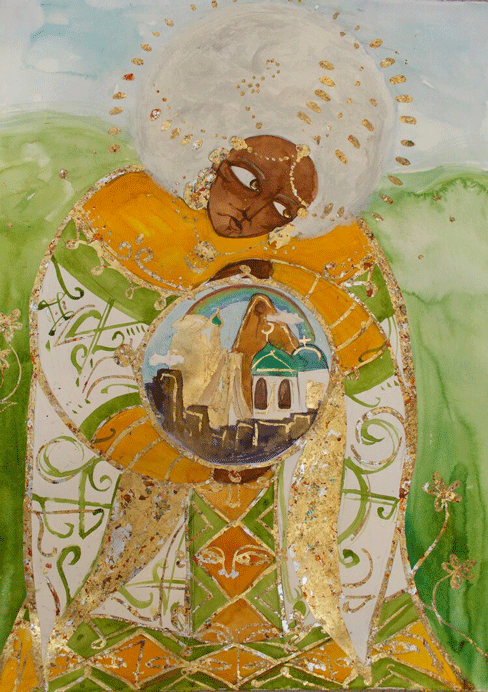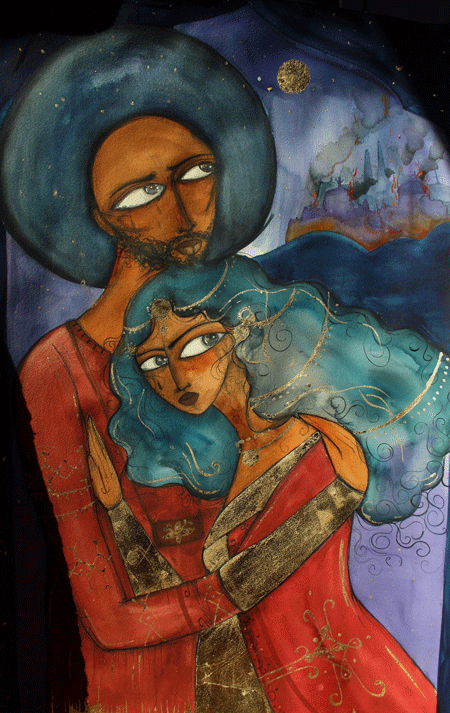A power struggle that calls for a fair election pushing towards political reform has been refused in Tigray. The Tigray Conflict was an armed confrontation between the Ethiopian federal government and the Tigray People’s Liberation Front of Eritrea from 2020 to 2022. The conflict has destabilized the people in the Horn of Africa leaving thousands dead with around 350,000 living in famine.
The war began when the Prime Minister of Ethiopia, Abiy Ahmed, ordered an offensive military invasion against the regional forces in Tigray. It was done in response to an attack in the military base of the housing of government troops. A feud between PM Abiy and leaders of TPLF escalated the war as anti-government protests began. With demonstrations and resistance, a political crisis erupted into war.
The conflict holds its roots in the flawed Ethiopian system of government where there exist different ethnic groups that control the affairs of several regions. Under a coalition, the state was becoming stable and prosperous; however, concerns rose over the level of democracy and human rights protection. With the new PM in power, politics was liberalized and key Tigrayan leaders were removed under the agenda of repression and corruption. Territorial disputes between the state and Eritrea were also resolved. However, this caused severe unease among critics in Tigray as they saw the reforms as an attempt to destroy and centralize Ethiopia’s power and federal system.
The conflict is one of the worst humanitarian crises in the world that has caused looting, killings, displacement of people and sexual violence.
The innocent victims pay the high price for the descent of power into ethnopolitical confrontation and mass starvation. The conflict meets the criteria of the 2018 UN Security Council Resolution based on starvation in an armed war caused by men.
The context of the political crisis deeply echoes United Nations Sustainable Development Goals such as Zero Hunger and Peace, Justice, and Strong Institutions. As highlighted, achieving food security and improved conditions of hunger is far from the required goal. With famine, many children, women and men suffer from malnutrition, slowly dying because of a man-made conflict of power. Furthermore, it is important to note the role of strong institutions and states such as the UN and super-powers, such as the USA, that fail to intervene and bring about peaceful conflict resolution.
The Ethiopian artist Gabrielle Tesfaye highlights the struggle and feelings of the civilians going through the humanitarian crisis. The Tigray Series signifies a Grandmother’s Vision as seen in the painting below.
The poem dictates the words of a surviving victim: “Your prayers carried your son four days through a desert. Your prayers protected your son through a military regime. Your prayers are why I exist today. Dear Grandmother, what does the war look like from up there? I imagine you are up so high in the heavens; you can see the end in sight.”
The artwork and the poem deeply depict pain and emotions as any reader can sympathize with the author. The hardship faced by the civilians through the conflict is signified by the image of the grandmother who holds the little Tigray area, her house and her children close and deep to her heart.

In another artwork of the Tigray Series, The Last Embrace, Tesfaye highlights the theme of fear and loss as the image echoes two lovers’ last embrace with the dooming events of the political unrest as the readers sense sadness and misery in the art and words presented by the artist. “Your war ended a wedding in May. Your war ended a 1st birthday. Your war ended a wish yet to come true. We had so much life yet to live through.” These words evoke feelings of misplacement as we sit in privilege unable to fathom the misery and dreaded events of the war affecting innocent victims.

In recent events, commanders of the Top Military from the Tigray region and Ethiopia have agreed to allow humanitarian access to the region in hopes of coming to a ceasefire and peace. Military activities have been disengaged as efforts begin to facilitate and protect civilians with aid according to a copy of the agreement seen by the Associated Press. Peace efforts have begun with the next meeting to be held in December 2022. Ethiopia's federal authorities said that "efforts are being made to deliver humanitarian assistance to most of the Tigray region under Ethiopian military command."
Therefore, we see the effect of the conflict through the lens of the talented artist Gabrielle Tesfaye who vividly captures the emotions of the civilians going through the humanitarian crisis as it deeply hurts the hearts of the rest of the people in the world to see innocent lives in distress. One can only hope that conflict resolution can come about for the sake of people that are suffering.
To see more of Gabrielle Tesfaye’s work, click here.
